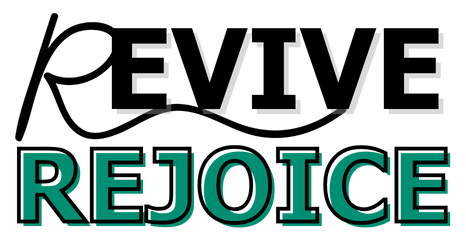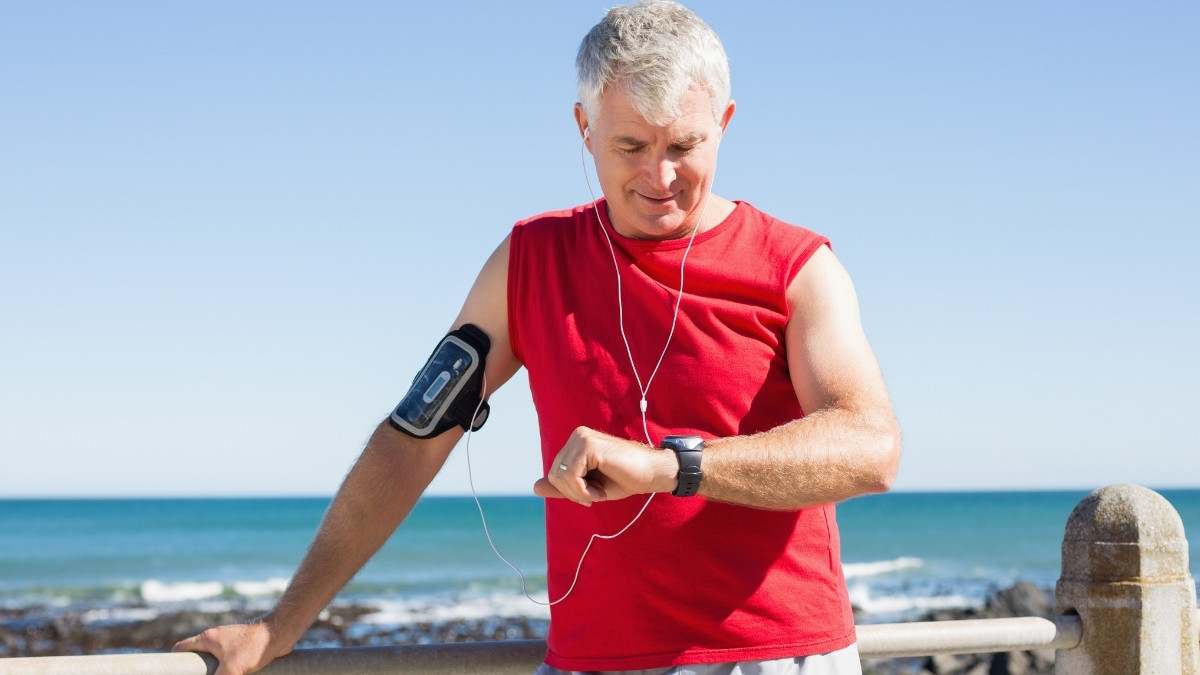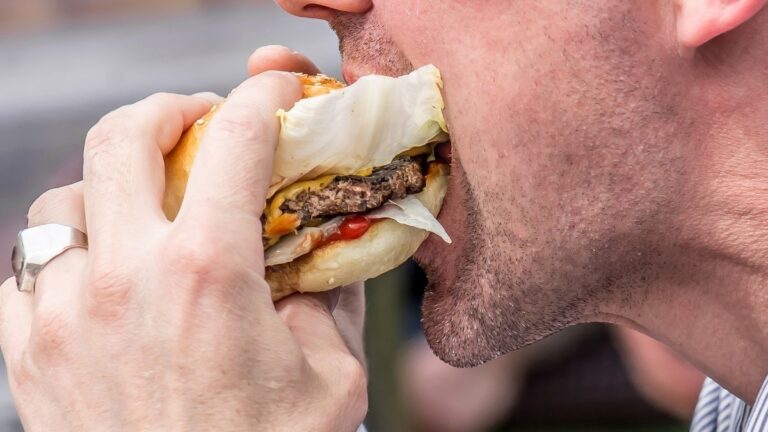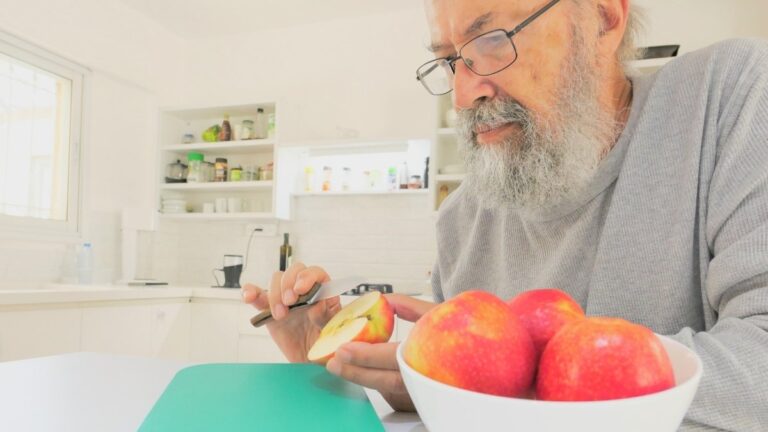How One Senior Ditched Frozen Pizza—And Reversed His Blood Pressure Nightmare (One Senior’s Story)
At 68, John M.’s doctor gave him the ultimatum: get his blood pressure under control, or face a future of escalating medication and constant fear. The problem? His ‘healthy’ diet, which often included low-sodium frozen pizzas, was the very thing fueling his ‘blood pressure nightmare.’
John, like millions of other seniors, was diligently following the standard advice. He was cutting visible salt, avoiding pickles, and choosing “heart-healthy” labels, yet his readings remained stubbornly high.
He was living in a state of frustration and anxiety, worried about the future. His experience mirrors that of a patient described by Dr. Pal, who “never had any problems with blood pressure at all” and then “all of sudden comes with a stroke-like symptom with a blood pressure of 180”.
The “Ditch & Switch” Guide
How to Swap Pro-Hypertension Foods for Whole-Food Alternatives
DITCH THIS
SWITCH TO THIS
Frozen Pizza
High in sodium (400-800mg+ per serving), refined carbs, and hidden sugars, contributing to high blood pressure.
Type: Ditch This
Sugary Breakfast Cereal
Lacks protein, leaving you hungry. Spikes blood sugar and insulin, which can negatively impact blood pressure over time.
Type: Ditch This
Deli/Cured Meats
Heavily processed and loaded with sodium, a major contributor to elevated blood pressure.
Type: Ditch This
Bottled Salad Dressing
Often contains hidden sugars and unhealthy fats, which can counteract the benefits of a healthy salad.
Type: Ditch This
Chips & Crackers
Easy-to-overeat refined carbs and sodium, leading to quick blood sugar spikes and increased fluid retention.
Type: Ditch This
Whole-Wheat Pita Pizza
Use a whole-wheat pita, real tomato sauce, and cheese. Ready in 10 minutes for a quick, healthier meal.
Type: Switch To This
Plain Greek Yogurt & Berries
High in protein to keep you full and satisfied, with natural sugars and fiber from berries for steady energy.
Type: Switch To This
Baked Salmon or Roast Chicken
A clean, high-quality protein source. Salmon adds beneficial omega-3s, great for heart health.
Type: Switch To This
Homemade Dressing
Simple olive oil, lemon juice, or vinegar for a clean, flavorful dressing without hidden additives.
Type: Switch To This
Veggie Sticks or Unsalted Nuts
Nutritious, high-fiber crunches like snap peas or bell peppers, or healthy fats from unsalted nuts.
Type: Switch To This
The 2025 “Blood Pressure Nightmare”: A Crisis of Control

The struggle to control high blood pressure is not a personal failing; it is a public health crisis, especially for older adults. The prevalence of hypertension among seniors is staggering.
According to 2024 data from the Centers for Disease Control and Prevention (CDC), 71.6% of U.S. adults aged 60 and older have hypertension. Other estimates place this figure even higher, at over 75% for adults over 65. This condition is the very definition of a “silent” danger.
As Dr. Pal highlights, “you will never know that blood pressure is going on until any kind of complication happens”. This is precisely why medical bodies urge all adults, especially those over 40, to have their blood pressure checked at least every two years.
However, the most alarming part of this “nightmare” is not the prevalence of hypertension, but the failure to control it. The crisis lies in the gap between diagnosis and management.
According to 2024 CDC data, only 20.7% of adults with hypertension have it controlled to the recommended level (defined as less than 130/80 mm Hg). Other analyses confirm this, noting that only “About 1 in 4 adults with hypertension have their hypertension under control”.
This means four out of five adults who know they have high blood pressure are still living with dangerous, uncontrolled levels.
This data reveals a critical, systemic failure. The most telling statistic from the 2024 CDC report is that there was no significant change in hypertension control rates between 2017–March 2020 (22.2%) and August 2021–August 2023 (20.7%).
This stagnation is a powerful indictment of the standard advice. The widespread strategies focusing primarily on salt restriction and medication are not moving the needle.
The “Frozen Pizza” Lie: How Ultra-Processed Foods Fuel Hypertension

John’s “low-sodium frozen pizza” is a perfect metaphor for the “healthy” lie that many seniors have been sold. It acts as a nutritional Trojan horse, appearing convenient and compliant while smuggling in the very ingredients that fuel hypertension.
First, the “low-sodium” claim is often deceptive. An analysis of leading frozen pizza brands reveals sodium levels ranging from 400 mg to over 700 mg per 100 grams. A single, often small, “serving” (frequently 1/3 or 1/5 of the pizza) can contain 810 mg of sodium or more.
But salt is only the most obvious offender. As dietitians warn, the pizza crust and tomato sauce are “sneaky sources of sugar”. Even a “healthy” option, like a 365 by Whole Foods thin crust pizza, can pack 38 grams of carbohydrates and 6 grams of sugar per serving. These foods are, as one report notes, “loaded with… simple carbohydrates”.
The real problem is not a single ingredient, but the category of the food. A frozen pizza is a classic Ultra-Processed Food (UPF). And new, 2025-current research has established a “smoking gun” link between this food category and high blood pressure.
A massive systematic review presented at the American College of Cardiology (ACC) Asia 2025 conference analyzed 41 prospective cohort studies involving over 8.2 million adults. The findings were unambiguous.
The study found that “Each additional 100 g/day of ultra-processed food consumption was associated with a 14.5% higher risk of hypertension”. This provides the irrefutable, modern “proof” that the user’s diet, not just their salt intake, is the primary driver.
This single statistic re-frames John’s entire “nightmare.” His frozen pizza was not just a salty meal; it was a multi-hundred-gram dose of a substance now scientifically linked to hypertension.
This is the “A-ha!” moment. The frozen pizza is a direct metabolic assault designed to cause the very condition that Dr. Pal identifies as the true culprit. John’s meal wasn’t just fueling his body; it was fueling the real, hidden driver of his high blood pressure.
The Real Culprit: How Insulin Resistance Fuels High Blood Pressure

For decades, the primary advice for hypertension has been a low-salt diet. But this often fails because, as Dr. Pal states in his analysis, “people think that salt is the main reason… stress is the main reason… the main reason is actually insulin resistance”.
Insulin resistance (IR) is a metabolic condition that is the precursor to type 2 diabetes. Dr. Pal explains it with a simple analogy. When a person eats carbohydrates (like pizza crust, rice, or bread), the body releases the hormone insulin to move the resulting glucose (sugar) into the cells for energy.
The modern diet, however, presents two problems: we eat more carbohydrates than we need, and we eat too often, especially “late at night where the insulin is sleeping”.
For years, the body copes with this overload by pumping out more and more insulin. But eventually, the body’s cells get “fatigued” and “stop listening” to the insulin’s signal. This is insulin resistance.
The result is a body that is “filled with insulin, but good for nothing”. This state of chronically high insulin is known as hyperinsulinemia.
Hyperinsulinemia and insulin resistance contribute to hypertension through several powerful mechanisms:
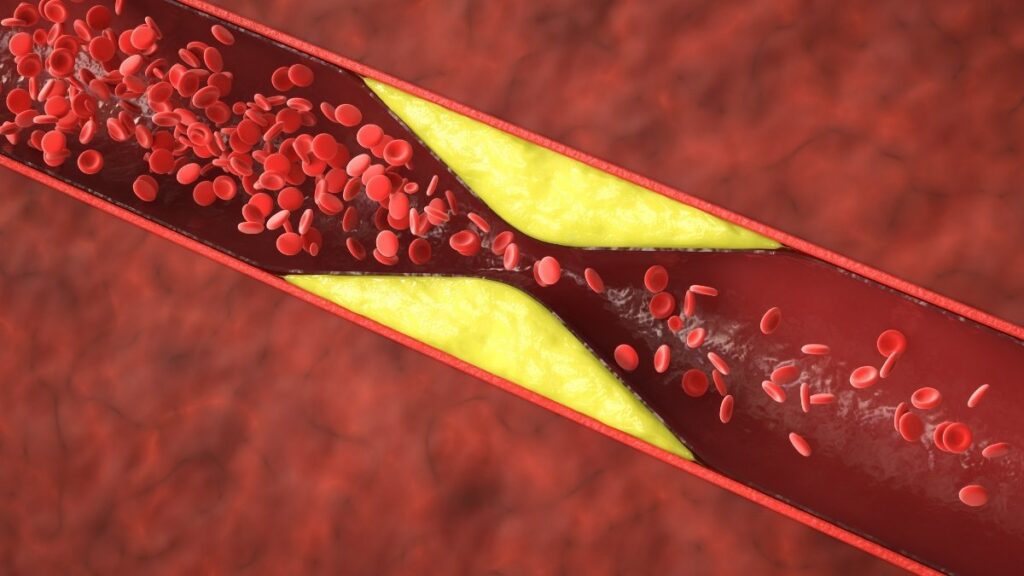
Stiff Blood Vessels: Dr. Pal states that high blood pressure means “thickened and stiff blood vessels”. The mechanism for this is metabolic. When the cells are resistant, the glucose from carbohydrates has nowhere to go. It “gets converted into fat and it gets deposited in the blood vessels”.
This is not just a theory; it is a confirmed physiological process. A 2025 study on arterial stiffness concluded that “the hyperinsulinemia accompanying insulin resistance is an independent risk factor for arterial stiffening”.
A Metabolic Package: Insulin resistance is not an isolated condition. A 2024 medical update on the topic lists the direct metabolic consequences of IR: “hyperglycemia, hypertension, dyslipidemia… elevated inflammatory markers, and endothelial dysfunction”.
A 2024 scientific review on the comorbidity of diabetes and hypertension confirms they “share several common pathophysiological mechanisms including insulin resistance”.
This link is now firmly established in 2024/2025 clinical data. A 2024 cohort study published in Diabetology & Metabolic Syndrome found that “IR indices was associated with a higher risk of hypertension in young adults”.
Another 2024 study confirmed the “Association between a metabolic score for insulin resistance and hypertension”.
The 3-Step Plan to Reverse the Nightmare (An Actionable 2025 Guide)
This 3-step plan, derived from the metabolic principles described by Dr. Pal and supported by 2025 clinical data, directly targets the root cause of metabolic hypertension: insulin resistance.
The Hidden Culprit
How Processed Foods Fuel High Blood Pressure
Step 1. Ditch Processed Foods: The 14-Day “Whole Food” Challenge
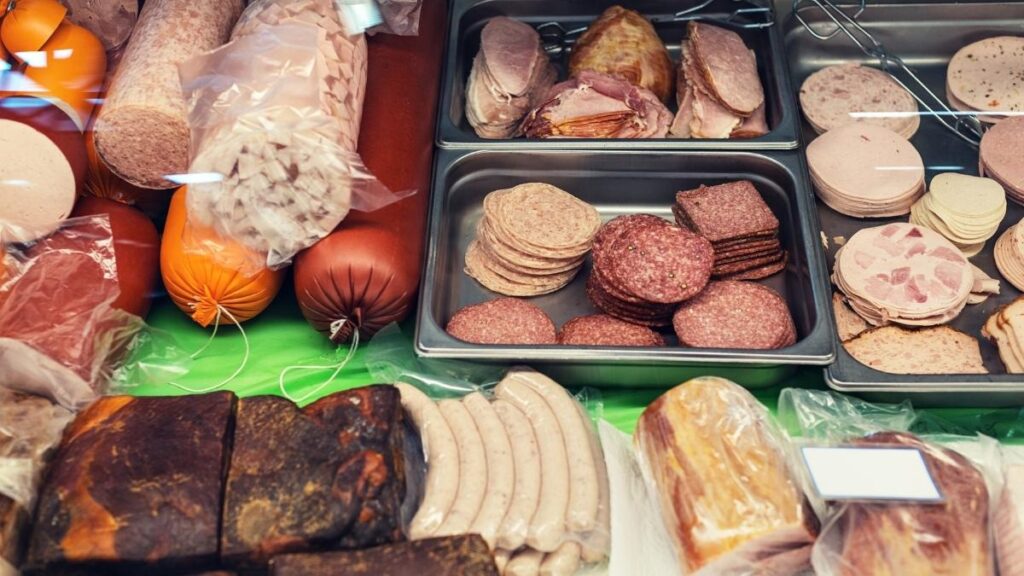
The first step is to stop the metabolic assault. Dr. Pal recommends a “two-week Challenge” to see and feel the results. The rule is simple: “avoid anything process… anything packaged… try to be as natural as possible”.
He continues, “if you eat natural whole whole grain fruits and vegetables… your insulin will love you”.
This step is the direct antidote to the 2025 ACC study findings. By eliminating UPFs, one immediately removes the primary source of the refined carbohydrates, added sugars, and inflammatory fats that drive “impairment of insulin sensitivity”.
For many seniors, the idea of cooking every meal from scratch is daunting. The key is not complexity, but swapping.
This strategy is about making simple, one-for-one trades that replace ultra-processed items with whole-food alternatives. Examples include:
Swap 1: Instead of a sugary breakfast cereal, choose plain Greek yogurt with a handful of berries.
Swap 2: Instead of chips or crackers for a snack, choose a small handful of unsalted nuts, or crunchy vegetables like bell peppers or snap peas.
Swap 3: Instead of a bottled salad dressing (often high in sugar and seed oils), use a simple mix of olive oil, lemon juice, or vinegar.
Swap 4: Instead of a frozen pizza, create a “Cheat’s Pizza” using a whole-wheat pita, real tomato sauce (with no added sugar), and real cheese, toasted in the oven.
Swap 5: Instead of white bread, use 100% whole-grain toast.
The National Council on Aging provides a list of pro-hypertensive foods to avoid, which are almost exclusively processed. The following “Ditch & Switch” table provides a clear, actionable guide for the 14-day challenge.
Step 2. Tame Carbohydrates (But Don’t Banish Them)
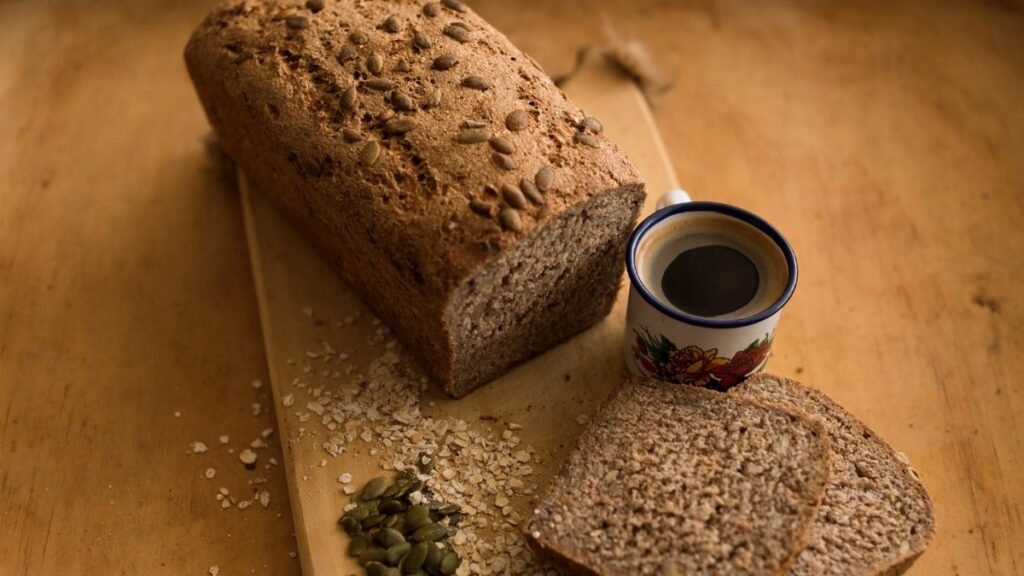
This is the most nuanced and important step. The goal is to lower the total insulin load on the body. Dr. Pal’s simple, actionable advice is not to eliminate carbs, but to moderate them: “just decrease the second portion of whatever carbohydrate that you are eating”. This is not a call for the risky, all-or-nothing ketogenic diet.
In fact, recent clinical data suggests that for most people, a very low-carb (keto) diet can be dangerous for cardiovascular health.
A 2023 study presented at the American College of Cardiology’s Annual Scientific Session warned that “keto-like” diets were associated with higher levels of LDL (“bad”) cholesterol and a twofold heightened risk of cardiovascular events like heart attacks and strokes.
A 2024 review published in Current Problems in Cardiology confirmed that the ketogenic diet “does not fulfill the criteria of a healthy diet” for long-term cardiovascular prevention.
The safe, scientific “sweet spot” appears to be exactly what Dr. Pal suggests: moderation. This is proven by a major 2024 study from the China Health and Nutrition Survey.
Researchers followed over 12,000 adults and found a U-shaped association between carbohydrate intake and new-onset hypertension. This means that both very high-carb and very low-carb diets were associated with an increased risk of high blood pressure.
This “quality carb” approach is a modernized, insulin-aware version of the famed DASH Diet (Dietary Approaches to Stop Hypertension).
The DASH diet, which is consistently named the “Best Diet for High Blood Pressure” , is proven to lower blood pressure by emphasizing fruits, vegetables, and whole grains—all sources of high-quality carbohydrates.
A 2025-updated study even tested a modified “DASH4D” diet for diabetics that was lower in total carbohydrates and higher in healthy fats, and it was found to be highly effective at controlling blood sugar.
Step 3. Give Your Body a 12-Hour Rest (The Easiest Fast)

This step is the most direct way to reverse insulin resistance. “We need to give rest to insulin,” Dr. Pal explains. Why? Because the problem is that insulin is “very tired” from working all the time. The solution is to give it a break.
This is not a call for extreme, difficult fasting. The recommendation is simple and highly achievable: “All insulin needs is 12 hours of rest”. This is a basic “overnight fast.”
If a person finishes their last meal at 7 PM, they simply do not eat or drink anything with calories (water is fine) until 7 AM the next morning. This gives the body 12 full hours to allow insulin levels to fall, which “in turn decreases the effort put by the insulin,” allowing it time to “recover”.
This gentle 12-hour fasting window is supported by clinical research. A 2024 review noted that 12- to 16-hour fasting windows can improve insulin sensitivity. A key study on pre-diabetic men found that this type of time-restricted feeding “improves insulin sensitivity, β cell responsiveness, and blood pressure”.
It is critical, especially in 2025, to differentiate this safe, 12-hour overnight fast from more extreme protocols.
Alarming headlines in 2024, stemming from an American Heart Association abstract, linked an 8-hour time-restricted eating window to a 91% higher risk of cardiovascular death. This has created significant fear and confusion.
It is crucial to understand that an extreme 8-hour window (fasting for 16 hours a day) is not the same as the gentle 12-hour rest recommended here.
The 12-hour fast is a natural, sustainable cycle that aligns with the body’s circadian rhythm and simply prevents the late-night eating that Dr. Pal identifies as a key driver of insulin resistance. This is about resting, not starving.
This 3-step plan is the complete method to reverse the metabolic “nightmare.” 1) Ditch processed foods. 2) Tame carbohydrates by focusing on quality. 3) Rest the insulin system with a 12-hour overnight fast.
Your 2025 Toolkit: Simple Meals and Tech to Stay on Track
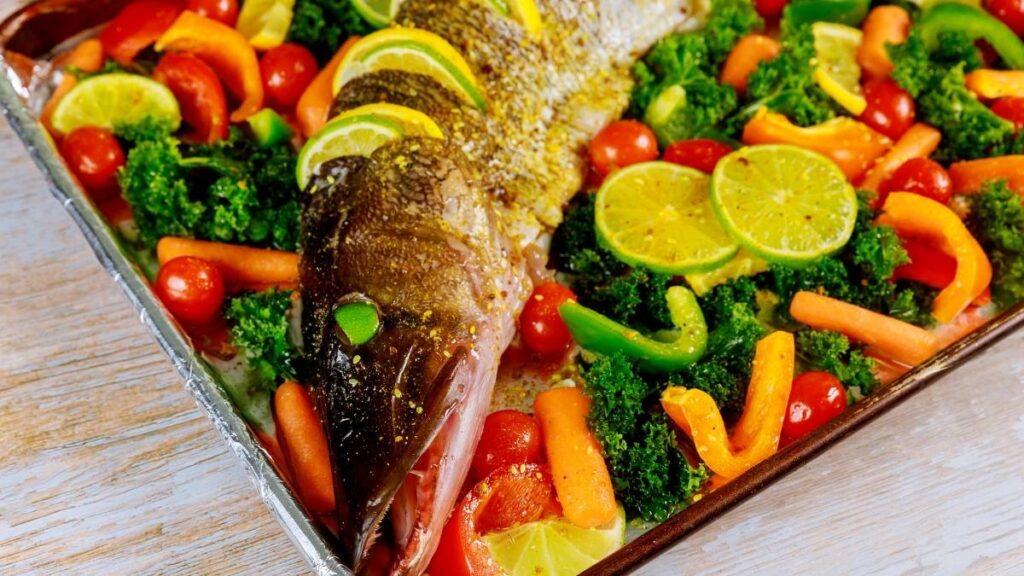
This 3-step plan is powerful, but adherence is key. This simple toolkit is designed for seniors to make the plan concrete, easy, and measurable.
1. 10-Minute Meal Templates Seniors need simplicity and nutrition. The goal is to create meals that are high in nutrients, low in processed ingredients, and fast. The research highlights several templates that fit this model.
Template 1: Baked Fish + Steamed Veggie. The “Baked Salmon” recipe can be prepared in less than 30 minutes. Paired with a bag of steamed broccoli, it is a perfect, low-carb, high-nutrient meal.
Template 2: Loaded Sweet Potato. A baked sweet potato (microwaved or oven-baked) is a high-quality carb. The “Stuffed Potatoes with Salsa & Beans” recipe takes only 10 minutes of active time and is a complete meal.
Template 3: Quick Protein + Zoodles/Veg. Instead of pasta, “Shrimp Scampi with Zoodles” is a 10-minute meal. A simple chicken and vegetable stir-fry (using the concept from but with more vegetables) is also fast and compliant.
2. The Tech (The “Proof” Toolkit) Dr. Pal urges taking the 2-week challenge and “check your blood pressure before starting off” and “measure the blood pressure after”. This feedback loop is the most powerful motivator.
Step 1: Get an Accurate Cuff. While smartwatches are improving, a traditional, validated upper-arm blood pressure cuff is the gold standard for home monitoring.
Step 2: Get an App (The Log Book). Manually writing down numbers is tedious. An app makes tracking and, more importantly, analysis simple. The SmartBP app is a free, easy-to-use blood pressure management app. It is frequently praised for being senior-friendly.
Its key value, as one user review highlights, is its ability to show “what the average reading is and what percentage it’s on each category”.
This app-based toolkit is the reinforcement mechanism that makes the new habits stick. When a person completes the 14-day challenge, they can see their numbers move—their average systolic pressure dropping, or their readings moving from the “Stage I Hypertension” category to “Elevated” or “Normal.”
This visible proof is the motivation needed to turn a 2-week challenge into a new way of life.
A 3-Step Plan
A 2025-Ready Plan to Tackle the Root Cause of High Blood Pressure.
Ditch Processed Foods
Stop the metabolic assault. For 14 days, avoid anything in a box, package, or bottle. This removes the refined carbs and sugars that “impair insulin sensitivity”.
Tame Carbohydrates
Don’t ban carbs, just be smart. The “sweet spot” for hypertension prevention is 50-55% of calories from high-quality sources (veg, whole grains). This is safer than extreme keto diets, which can pose cardiac risks.
Give Your Body a 12-Hour Rest
“All insulin needs is 12 hours of rest.” This simple overnight fast allows your insulin levels to fall and your “tired” cells to recover. This is not the extreme 8-hour fast linked to higher cardiac risks.
Conclusion: From Nightmare to New Start
John’s ‘blood pressure nightmare’ wasn’t just about salt. It was a metabolic problem, fueled by a diet of ultra-processed foods and driven by the hidden culprit of insulin resistance.
By shifting his focus from the saltshaker to the ingredient label—by swapping his frozen pizza for whole foods—he was able to address the root cause and reverse his blood pressure.
This is the “wake-up call” that Dr. Pal urges everyone to heed. The 2025-backed data is clear: hypertension is often a symptom of a metabolic system in distress. The solution is not to simply manage the symptom, but to heal the system.
Seniors do not have to be victims of their blood pressure. The path to control is clear and actionable. Start today. Pick one healthy swap from the “Ditch & Switch” list. Tonight, try the 12-hour fast—close the kitchen at 8 PM and drink only water until 8 AM. This is the first, most important step to regaining control.
Take Dr. Pal’s 2-week challenge and use a simple app to track the results. The power to end the nightmare is not in a pill bottle, but on the plate.

